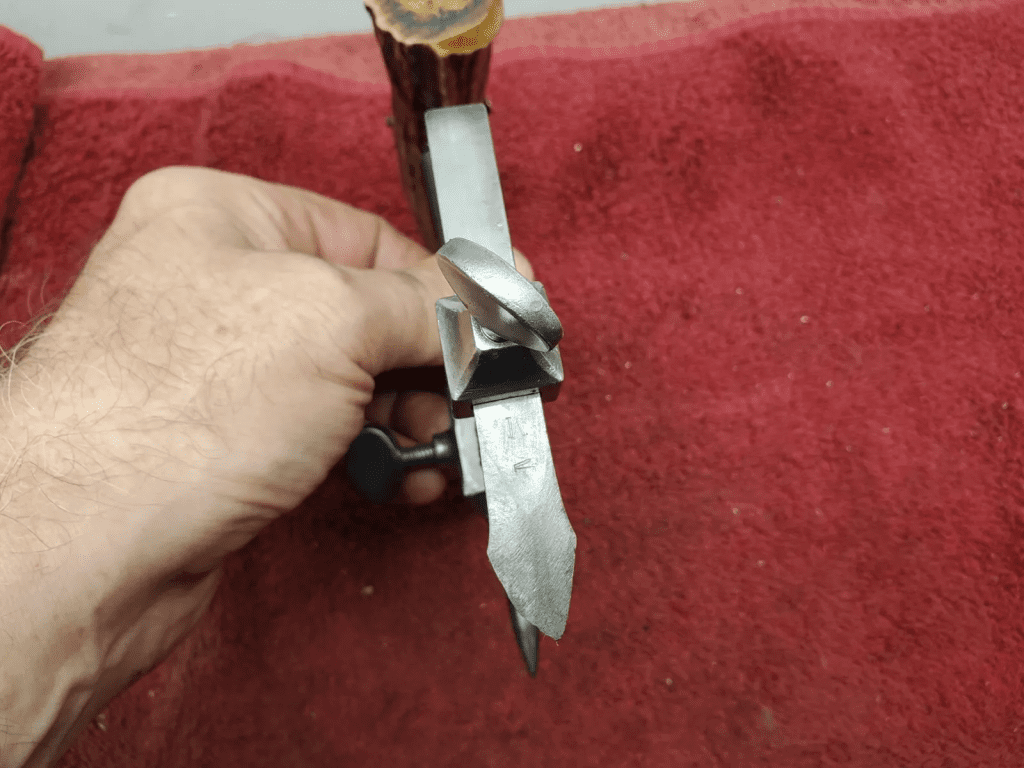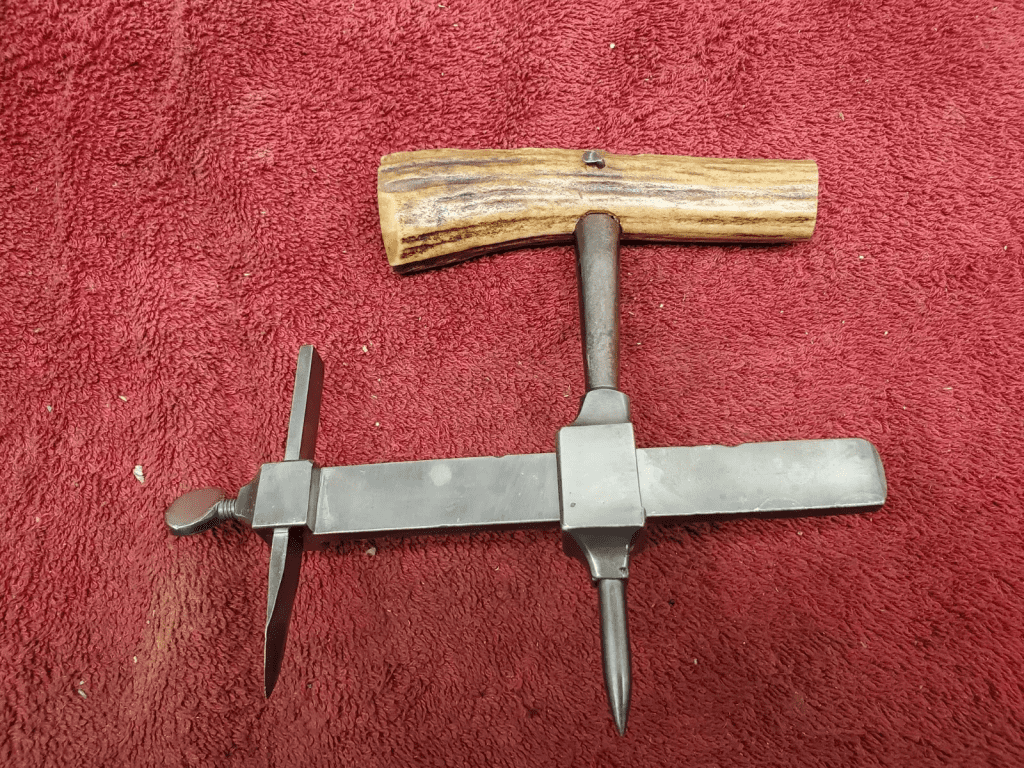The vintage gasket cutter may seem like a simple tool, but its role in early industrialization was pivotal. Long before automated machines were introduced, these hand-operated tools enabled workers to produce custom gaskets that were essential for sealing various mechanical parts. In this article, we’ll explore the origins of the vintage gasket cutter, its usage in manufacturing, and its legacy in modern-day industries.
The Birth of the Gasket Cutter: Early Industrial Necessities

The story of the gasket cutter begins in the early 20th century, a period marked by rapid industrial expansion. As engines and mechanical systems became more complex, the demand for reliable seals between components grew. Gaskets, which provide tight seals to prevent leaks and maintain pressure, became crucial in everything from automotive engines to factory machinery.
Before automated systems, gaskets were often hand-cut using gasket cutters. These tools were typically compact, easy to use, and adjustable, allowing machinists and mechanics to craft gaskets from materials like rubber, cork, leather, and fiberboard. The gasket cutter became a staple in factories, workshops, and even home garages, allowing workers to create precise seals tailored to specific machines.
How the Vintage Gasket Cutter Works
At its core, a gasket cutter is a simple but effective tool. It consists of a sharp cutting blade mounted on an adjustable arm, with a central pivot point that acts as an anchor. To use the cutter, an operator would place the pivot point in the center of the gasket material and adjust the arm to the desired radius. By rotating the tool around the pivot, the cutter would slice a perfect circle into the material, creating a gasket that fits snugly between machine parts.
The tool’s simplicity made it versatile. Vintage gasket cutters could produce gaskets of various sizes, making them suitable for everything from small engines to industrial pumps. With a little manual force and precision, a skilled machinist could create custom gaskets on-site, minimizing downtime and ensuring machines remained in top working condition.
Applications in Manufacturing and Beyond
The gasket cutter found a home in numerous industries, including:
- Automotive: Car engines rely heavily on gaskets to seal various components and prevent leaks. Gasket cutters were used to create seals for oil pans, cylinder heads, and exhaust systems, which are essential for engine efficiency and longevity.
- Aviation: Aircraft engines and hydraulic systems depend on precise seals. Gasket cutters allowed mechanics to produce gaskets for critical components, helping to maintain safety and performance in aviation.
- Heavy Machinery: Factories and construction sites used gasket cutters to keep their equipment running smoothly. Custom gaskets for pumps, compressors, and valves ensured that machines operated at peak efficiency.
- Plumbing: Plumbers and pipefitters used gasket cutters to create seals for pipes and joints, preventing leaks in water and gas systems. This tool was particularly useful for creating gaskets on-site, where exact measurements were often required.
Beyond industrial applications, vintage gasket cutters were also popular with hobbyists and at-home mechanics. The tool allowed them to repair everything from small appliances to lawnmower engines. This accessibility made gasket cutters an invaluable part of DIY repair kits, empowering individuals to take machinery maintenance into their own hands.
The Shift from Manual to Automated Gasket Cutting

As technology evolved, so did the methods for producing gaskets. In modern manufacturing, computer-controlled machines and automated cutters have largely replaced manual gasket cutters. These advanced systems can produce gaskets with higher precision and in greater quantities, streamlining the manufacturing process and reducing labor costs.
However, vintage gasket cutters still hold a special place in the hearts of tool collectors and industrial enthusiasts. For many, these tools represent a time when craftsmanship and hands-on skill were paramount. The ability to manually create a gasket with a simple tool showcased the ingenuity and resourcefulness of early machinists, and the legacy of the gasket cutter is still appreciated today.
Legacy and Impact on Modern Tools
The vintage gasket cutter may no longer be a staple in today’s factories, but its influence endures. The precision and adaptability of this tool have inspired modern designs, particularly in industries that still require custom gaskets. Modern gasket-cutting machines now incorporate features that mimic the adjustability of vintage cutters, allowing operators to produce seals in a variety of shapes and sizes.

Moreover, the vintage gasket cutter symbolizes the resourcefulness that continues to drive innovation. As manufacturing processes become more automated, the emphasis on customization and precision remains. Many tool manufacturers take inspiration from the gasket cutter’s simple, functional design, applying these principles to modern tools that prioritize accuracy and ease of use.
Collecting Vintage Gasket Cutters
Today, vintage gasket cutters are valued not only as functional tools but also as collectible items. These tools can often be found in antique shops, flea markets, and online marketplaces. Collectors are drawn to them for their historical significance and the craftsmanship they represent. Each tool tells a story of a time when industrial workers relied on their hands and their skills to keep machines running smoothly.
For those interested in collecting vintage tools, gasket cutters offer a fascinating glimpse into the evolution of industrial technology. Some models are highly sought after, especially those produced by well-known manufacturers. Collectors appreciate the rugged design and the nostalgia associated with these tools, which serve as reminders of an era when manual craftsmanship was the backbone of industry.
Conclusion: The Enduring Value of the Gasket Cutter

While the vintage gasket cutter may no longer be a fixture in modern workshops, its impact on manufacturing and repair is undeniable. This humble tool played a significant role in the growth of early industry, allowing workers to create precise seals that kept machinery functioning reliably. Today, it stands as a symbol of ingenuity, resourcefulness, and the hands-on skills that shaped modern manufacturing.
For collectors and enthusiasts, vintage gasket cutters offer more than just a piece of history—they embody the spirit of early industrial innovation. As we move further into the age of automation, the gasket cutter reminds us of the importance of craftsmanship and the value of tools that were designed to last. So, whether you’re a collector or simply appreciate the history of industrial tools, the vintage gasket cutter is a fascinating artifact that continues to inspire admiration and respect.